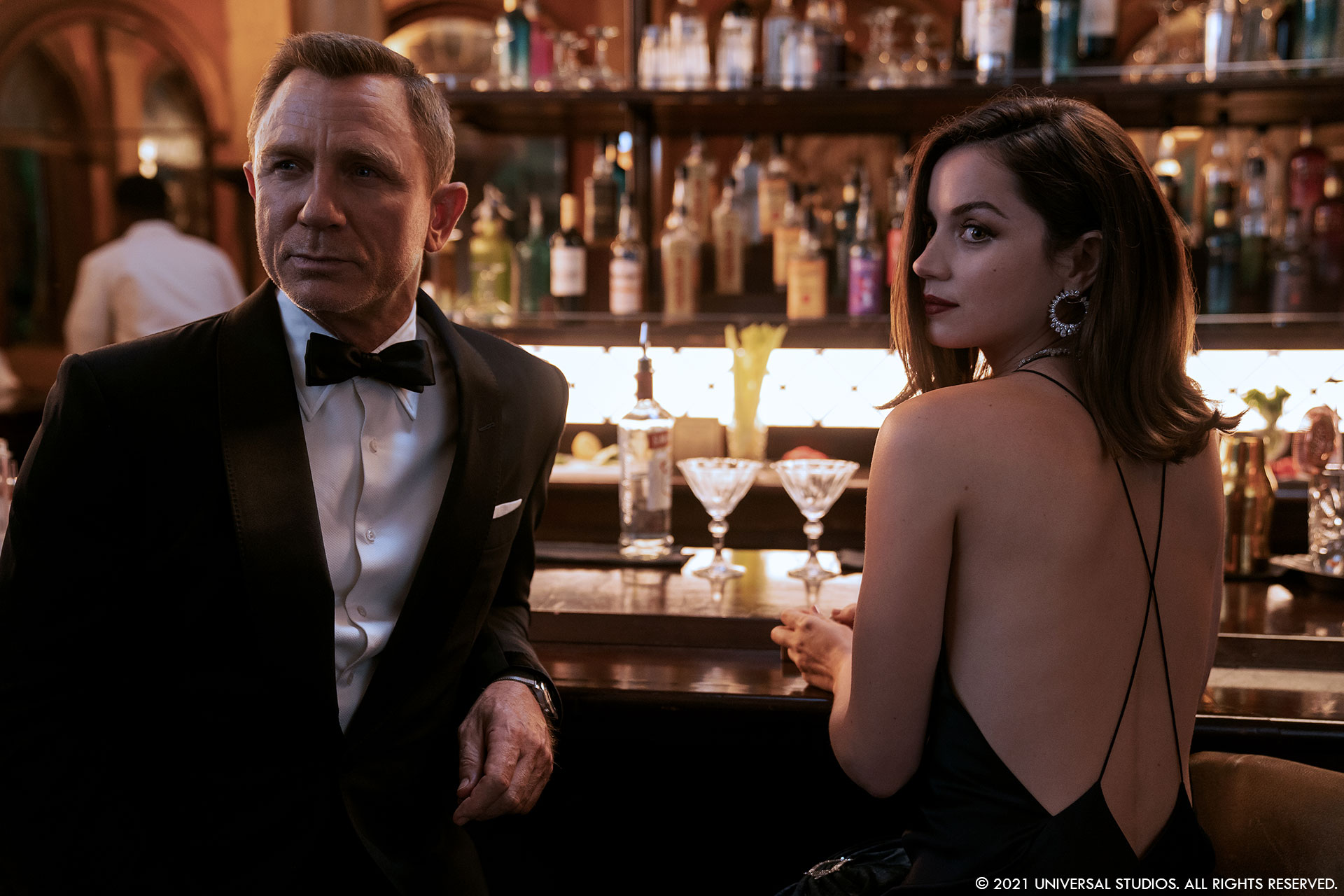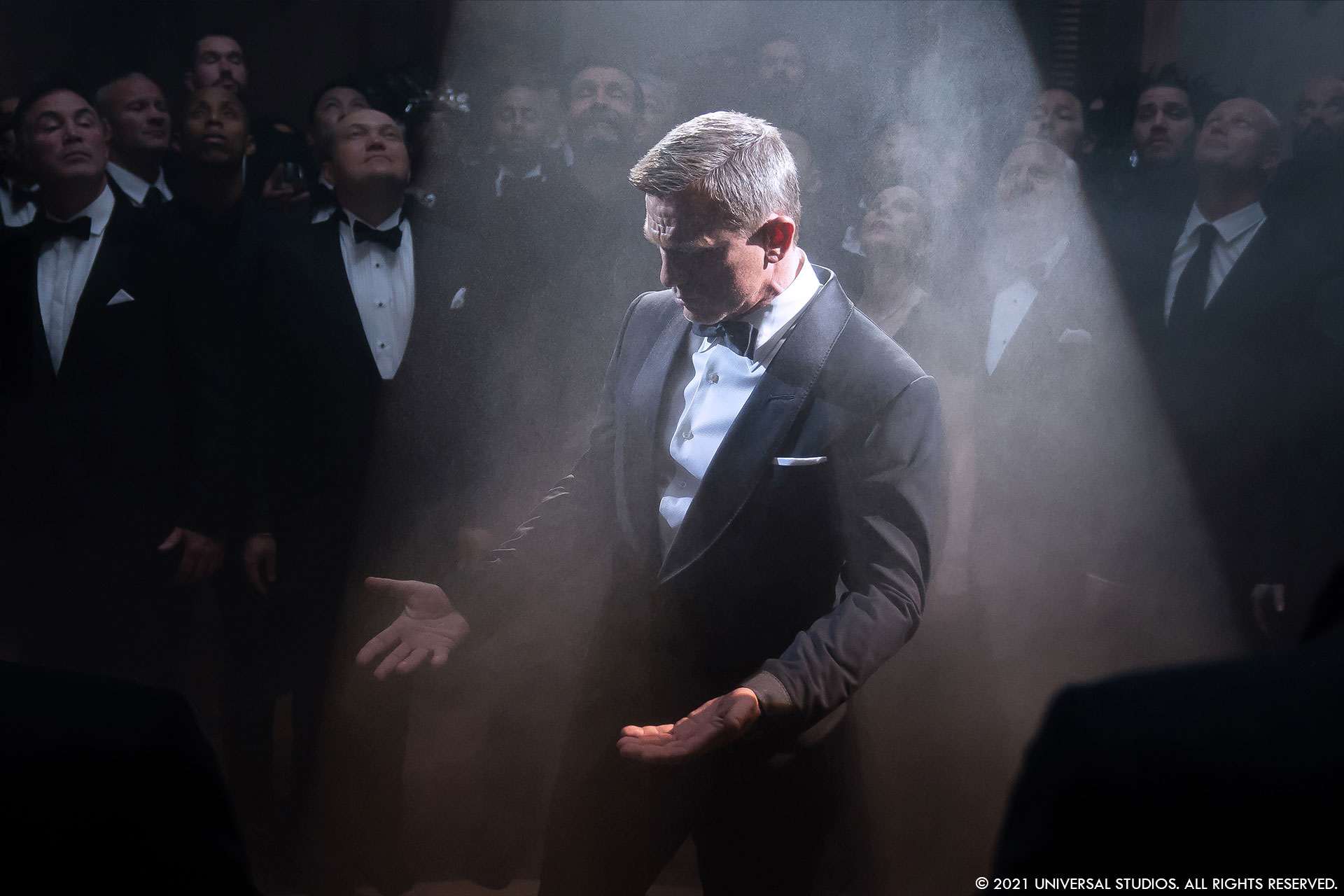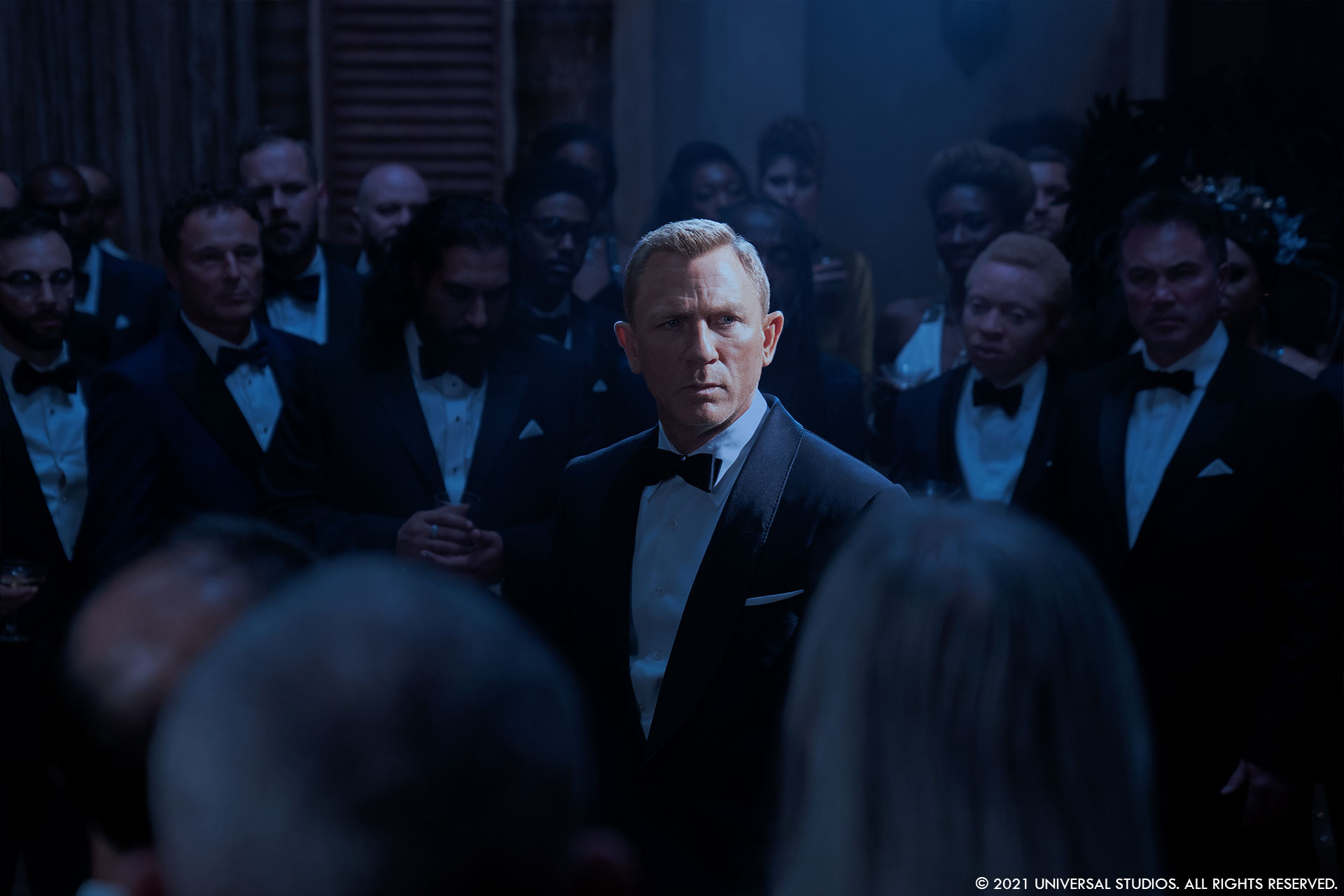In 2018, Salvador Zalvidea explained the work of Cinesite on Adrift. He went on to work on Starfish, Outlander and The Bourne Stuntacular.
How did you and Cinesite get involved on this show?
There were originally only two vendors, DNEG and ILM who were overseen by VFX Sup Charlie Noble. Quite late on in the post stage both Framestore and Cinesite came on board; our work was supervised by Framestore’s Jonathan Fawkner. We completed the more complex work at our London facility, with several shots and sequences done in Montreal, where we had some free capacity at the time.
How was the collaboration with Overall VFX Supervisor Charlie Noble and Framestore VFX Supervisor Jonathan Fawkner?
We only met director Cary Joji Fukunaga once (he was a busy guy!); otherwise, we relied on Jonathan Fawkner and Mara Bryan, the VFX Producer. Towards delivery, when Jonathan was busy with Framestore, Mara and the additional VFX Producer Nick King were our main day to day clients. Our relationship with Jonathan was very collaborative and responsive; we were exchanging images and ideas constantly, to hit the brief and create finer details. I very much enjoyed working with him.
VFX Producer Mara Bryan, had a massive task on her shoulders due to this being such a hotly anticipated movie but she always kept her cool. She was an absolute pleasure to work with; so were Nick and Jonathan. We were brought onto this show quite late in the day and it could have been stressful, but it was very enjoyable.
What are the sequences made by Cinesite?
We had a nice range of sequences on this Bond film. The party was our single biggest sequence. It takes place at a Spectre venue in Cuba, which Bond and Paloma have entered, finding an unsettling scene with rather an Eyes Wide Shut vibe.
We also recreated for one sequence in Q’s computer-filled lab, while he’s examining Blofeld’s artificial eye. There were many more monitor inserts, clean-ups, and shots where we added environment and monitor reflections to Q’s glasses.
Another environment we altered was a sequence with Lea Seydoux, which was filmed in Italy but needed to look more like the Faroe Islands. We also changed the sky in a couple of shots for continuity reasons.
In another shot, Safin is winding a blond hair tightly around his finger. Even at 4K the hair was not visible. Frame by frame we roto’d the strand to make it visible in the shot. That seems minor but it was a tough job for the paint artist who took it on.
We worked on an underwater action scene where Bond is in a sinking ship. Later on, the movie we crafted a ferocious fight sequence in a stairwell on Safin’s island.
Finally, a shot where Bond has reached a control room at the climax of another action sequence. He is trying to open a gate mechanism, which when they filmed it, the machinery moved rather slowly. We recreated the counterweights and gate-opening mechanism in CG, based on reference images, and were able to make it work more quickly to maintain the dynamic pace of the sequence.

Can you elaborate about the design and the creation of the weaponised gas?
The party was our single biggest sequence. Early in the sequence, we composited a CG courtyard that Bond and Paloma enter through. One of our tasks was to disseminate Spectre logos subtly into the environment, which they notice as they survey the interior. But the major aspect of our work was in adding the lethal gas which descends unexpectedly onto the party crowd, as well as its impact on the skin of the guests. We used some references Cary had provided of light diffracted through mist, but also used some creative license to make each shot look beautiful without overpowering the action and storytelling. We did lots of research and testing to get it right, to ensure the look is consistent.
Some shots were filmed with mist in, some without. Some shots required us to combine the on-set mist with our CG version, so it was vital that we did a good job in matching it exactly, to make sure it is seamless.
Head of CG Andy Hayes really drove the FX in this sequence. The look for the iridescent mist was devised by Hugh Johnson and composited by compositing lead Sudeepto Bose. We needed to be careful that the fine mist didn’t end up looking too soapy and it was a tricky balance to get right. We sought methods to decouple the look from the render, not only in the conceptualization of the look itself, but also in the generation of the spotlights shining through the mist. We wanted to be able to rapidly tailor each shot, ensuring that the spotlights and iridescence could be tweaked to fit the composition perfectly of each shot as we saw fit. The aim was to enable us to work on the different elements in parallel, rather than serialize the process by baking that information into a render, which could take several hours. By bringing the illumination aspect into Nuke, we could iterate many times a day without the need for expensive volumetric renders, enabling us to have far quicker iteration time compared to a more linear pipeline of relying on renders.
I was pleased with how this sequence ended up because the mist effects work well whilst remaining subtle. The VFX don’t distract from the action, which is always key in Bond films.
Can you explain in detail about the terrifying effects of the gas on the skins?
We enhanced the on-set make-up, creating boils and burns on the actors’ faces. In some instances, we had to tone down what they had created; it needed to be convincing, but not too shocking or disgusting. Production provided is with scans of most of the actors, so we matchmoved their heads, projected the plate onto the geometry, and animated the boils appearing in comp.

How did you help James Bond escape from a sinking ship?
The action was filmed in a tank, but the motion of the bubbles wasn’t always consistent or going in the right direction, and there weren’t always enough of them. We ended up having to paint out some if not most of the bubbles and enhanced the plate by adding bubbles where they needed to be and flowing in the correct direction, matchmoving Bond as he’s swimming underwater, so he appears to generate the bubbles from his motion. We also helped some shots, stitching some plates above and below the water level. Flickering lights as well as a red light when Bond opens the door complicated lighting and compositing a bit.
What was your approach for the long staircase action shot in Safin’s lair?
This shot was a considerable challenge, at over 3,000 4K frames in length. Grenades are thrown, there are muzzle flashes, blood hits, CG fire, environmental damage, shot stitches and we added a CG environment in some areas filmed against greenscreen. In some parts of the shot we had to re-project areas and retime foreground action to achieve a seamless and convincing transition. We composited the CG fire with real smoke, blending the two together; we also graded the environment to reflect the warm light emanating from the fire. This shot was tricky, but it’s ultimately very convincing and it’s classic Bond action. A few years ago, this kind of task was very difficult to achieve, but as long shots have become a regular language element of cinema, our pipelines have evolved and are now more robust, which ultimately makes it easier to deliver these shots.
Can you tell us more about the cybernetic eye scene?
In this sequence, Q is in his computer-filled lab, examining Blofeld’s artificial eye. This sequence was shot entirely against greenscreen, with Q and his monitors, nothing else. We used Lidar of the original environment as well as reference photos from on set. I was quite happy with the result as the CG background is completely seamless.
In other shots, as Q is trying to hack into the eye, we see the eye floating inside a scanning device in the foreground. There are several plates in this apparently simple shot: Q in front of his monitor which was shot against greenscreen, the scanning device and the eyeball rotating on a transparent stick. We stitched them all together, allowing for rack focus between Q in the background and the eye in the foreground. We also added a laser scanning effect onto the eye using a CG replica of the prop, which became free-floating once we had also removed the transparent stick which had been supporting it.

Which shot or sequence was the most challenging?
The iridescent gas sequence was the most challenging, for sure. There were quite a few shots, and the look was quite subjective. I remember one meeting at Cinesite with Cary, Linus (DOP), Charlie (VFX Supervisor), Mara (VFX Producer) and a plethora of other crew members, all discussing how the iridescence should look. The screening theatre was packed, and everybody had an opinion. We came up with an approach which worked with all the feedback and reference provided.
The long take shot was also quite tough, although having said that, before working on this production I had just delivered 20 minutes of 9K full CG shots at 60fps for The Bourne Stuntacular stage show. So, in comparison to that, it was a walk in the park!
Is there something specific that gives you some really short nights?
Not really, we just squeaked through in terms of delivery; we had just gone into lockdown only slightly beforehand. In fact, we delivered our final shot on the same day it was announced that the movie release would be delayed because of Covid-19.
What is your favourite shot or sequence?
There is one shot where Bond is looking up at the overhead camera with the iridescent mist all around him. The surrounding people are dying and he’s looking up – the look of the mist is alluringly beautiful, and it’s ultimately believable, which is the most important thing.
What’s the VFX shot count?
129.
What was the size of your team?
67 between London and Montreal.
What is your next project?
The project I went onto after No Time To Die was The Wheel of Time which arrives on Prime Video November 19, 2021.
A big thanks for your time.
WANT TO KNOW MORE?
Charlie Noble with Jonathan Fawkner and Joel Green: My interview of Overall VFX Supervisor Charlie Noble with Framestore VFX Supervisor Jonathan Fawkner and DNEG VFX Supervisor Joel Green.
Cinesite: Dedicated page about No Time To Die on Cinesite website.
© Vincent Frei – The Art of VFX – 2021





